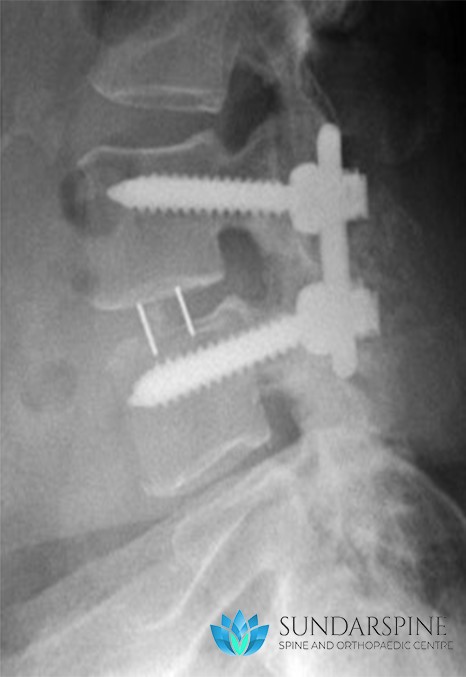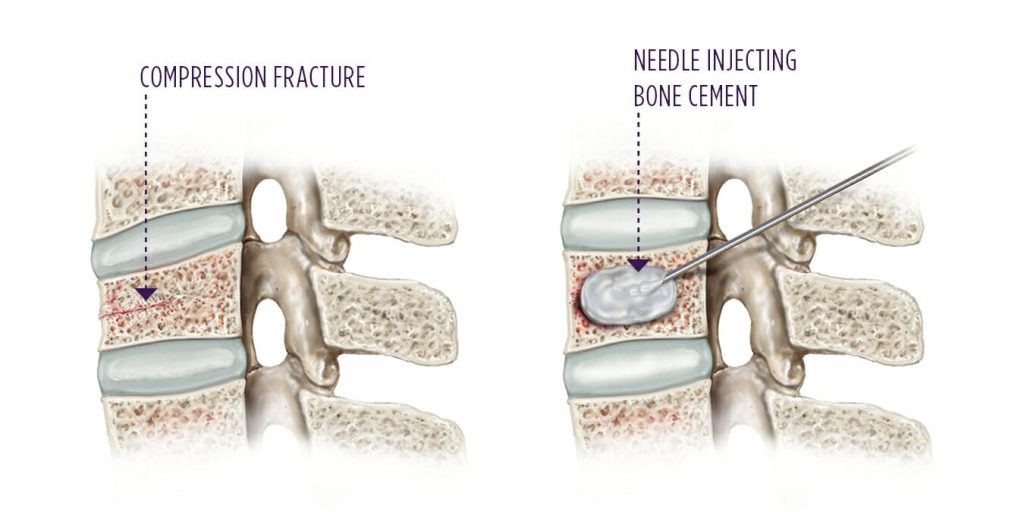- drsundar@sundarspine.com
- Youtube
For Appointments, Call
+(91) 9080 9680 66
+(91) 9080 9680 66

Spinal surgery once meant large incisions, long recovery periods, and painful rehab. Fortunately, surgical advances like the microdiscectomy procedure have improved the process.
Microdiscectomy, also sometimes called microdecompression or microdiskectomy, is a minimally invasive surgical procedure performed on patients with a herniated lumbar disc.
During this surgery, a surgeon will remove portions of the herniated disc to relieve pressure on the spinal nerve column.
The goal of a microdiscectomy is to remove the disc material placing pressure on the nerves.
The procedure is done under general anesthesia. You will be unconscious during the entire procedure and unable to feel anything. The procedure is performed with the patient lying face down. The process goes as follows:
The spinal nerve now has the space it needs inside the spinal column, so any pain caused by pinching on the nerve should stop.

Spinal fusion (such as a TLIF) is a surgical technique to stabilize the spinal vertebra and the disc or shock absorber between the vertebra. Lumbar fusion surgery is designed to create solid bone between the adjoining vertebra, eliminating any movement between the bones. The goal of the surgery is to reduce pain and nerve irritation.
Spinal fusion may be recommended for conditions such as spondylolisthesis, degenerative disc disease or recurrent disc herniations. Surgeons perform lumbar fusion using several techniques such as TLIF (Transforaminal Lumbar Interbody Fusion) and PLIF (Posterior Lumbar Interbody Fusion).
How the surgery is performed?
TLIF back surgery is done through the posterior (back) part of the spine.



Anterior Neck discectomy and fusion (ACDF) is a type of neck surgery that involves removing a damaged disc to relieve spinal cord or nerve root pressure and alleviate corresponding pain, weakness, numbness, and tingling. A discectomy is a form of surgical decompression, so the procedure may also be called an anterior cervical decompression.
An ACDF is done with an anterior approach, which means that the surgery is done through the front of the neck as opposed to through the back of the neck.
Advantages of ACDF:
This approach has several typical advantages:


An anterior neck corpectomy is a procedure that removes damaged vertebrae and intervertebral discs from the spine in the neck, using a surgical approach through the front of the neck. This is usually done to decompress the cervical canal when the neck disease encompasses more than the disc space.
This procedure, a neck corpectomy, is often done for multi-level neck stenosis with spinal cord compression caused by bone spur (osteophytes) growth.
Recovery time:


A thoracic corpectomy removes damaged vertebrae (bones of the spine) and intervertebral discs (the “cushions” between vertebrae) in the thoracic spine (spine in the upper or middle back).
Thoracic corpectomy is usually performed for patients with trauma, tumor, infection, or degenerative disease in the thoracic spine. These conditions can compress (put pressure on) the spinal cord and the nerves that exit the spine. Compression can irritate and injure these tissues. In the spinal cord, compression can cause permanent damage.
When the surgery is performed?
Tuberculosis spine, kyphosis deformity, vertebral collapse, tumour spine
Recovery time:


Vertebroplasty is an outpatient procedure for stabilizing compression fractures in the spine. Bone cement is injected into back bones (vertebrae) that have cracked or broken, often because of osteoporosis. The cement hardens, stabilizing the fractures and supporting your spine.
For people with severe, disabling pain caused by a compression fracture, vertebroplasty can relieve pain, increase mobility and reduce the use of pain medication.
When the surgery is performed?
Osteoporotic fracture (more than 60% collapse)
Recovery time:


Kyphoplasty is similar to vertebroplasty, but uses special balloons to create spaces within the vertebra that are then filled with bone cement. Kyphoplasty can correct spinal deformity and restore lost height
When the surgery is performed?
Tuberculosis spine, kyphosis deformity, vertebral collapse, tumour spine
Recovery time:


The operation for scoliosis correction is a spinal fusion. The basic idea is to realign and fuse together the curved vertebrae so that they heal into a single, solid bone.
With the tools and technology available today, scoliosis surgeons are able to improve curves significantly.
When the surgery is performed?
The decision to go ahead with scoliosis correction surgery depends on the age of the patient, severity of deformity, secondary cause, curve type and curve progression. However, most scoliosis surgeons agree that children who have very severe curves (45 to 50 degrees and higher) will need surgery to lessen the curve and prevent it from getting worse.
Advantages of Scoliosis Correction:
In severe curves, an anterior surgery might also be necessary and will be performed in the same day or as a 2-stage (alternate day) procedure.
Recovery time:



Endoscopic spine surgery is one of the latest advancement in the field of medicine. With the use of a specialized micro-camera and modern crafted instruments, many spine conditions can be treated with a portal (incision) less than 8mm in size.
When the surgery is performed?
Endoscopic spine surgery is mainly performed for Lumbar disc herniation without any significant bone spur or instability.
Advantages of Endoscopic Surgery:
Recovery time:


